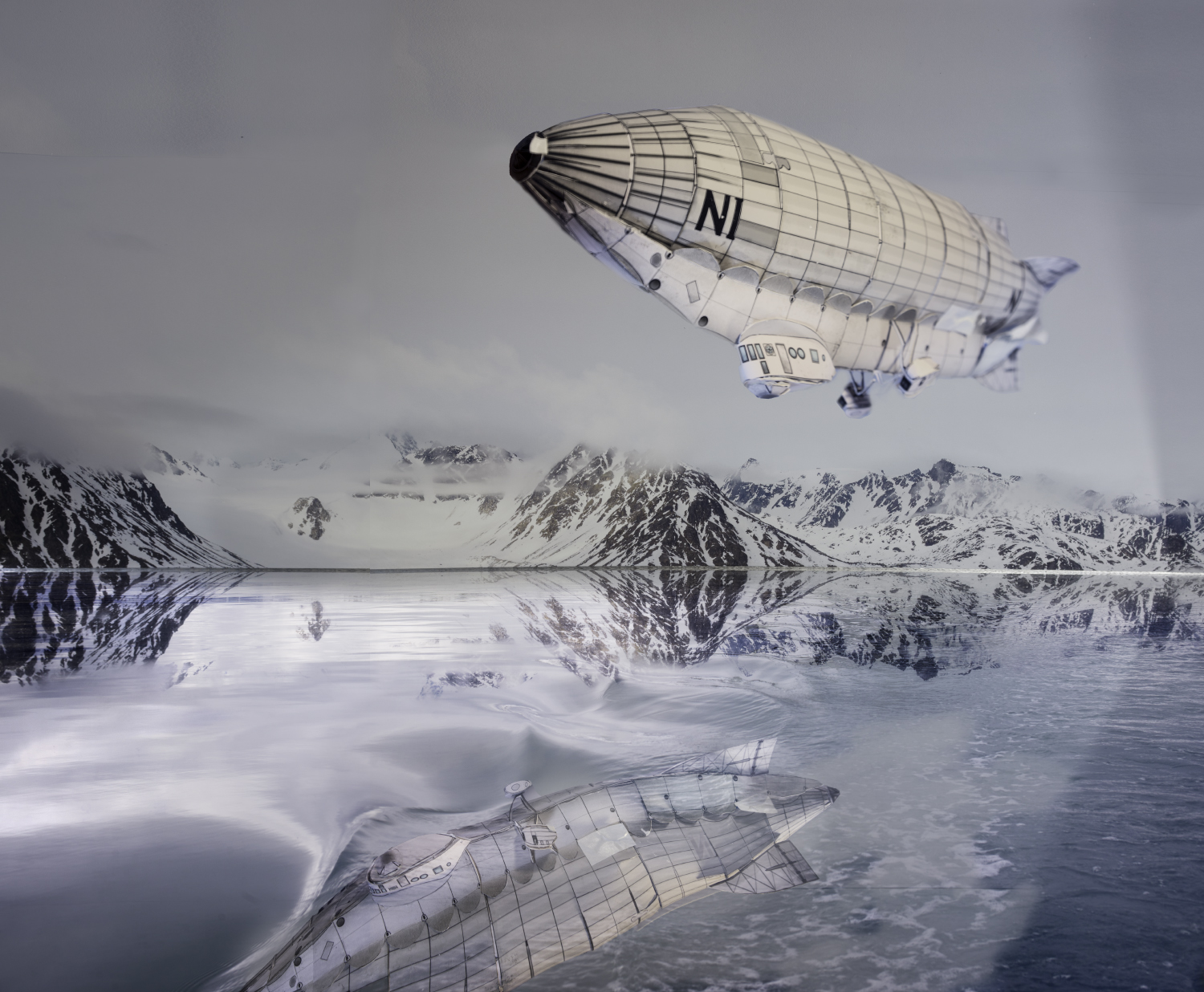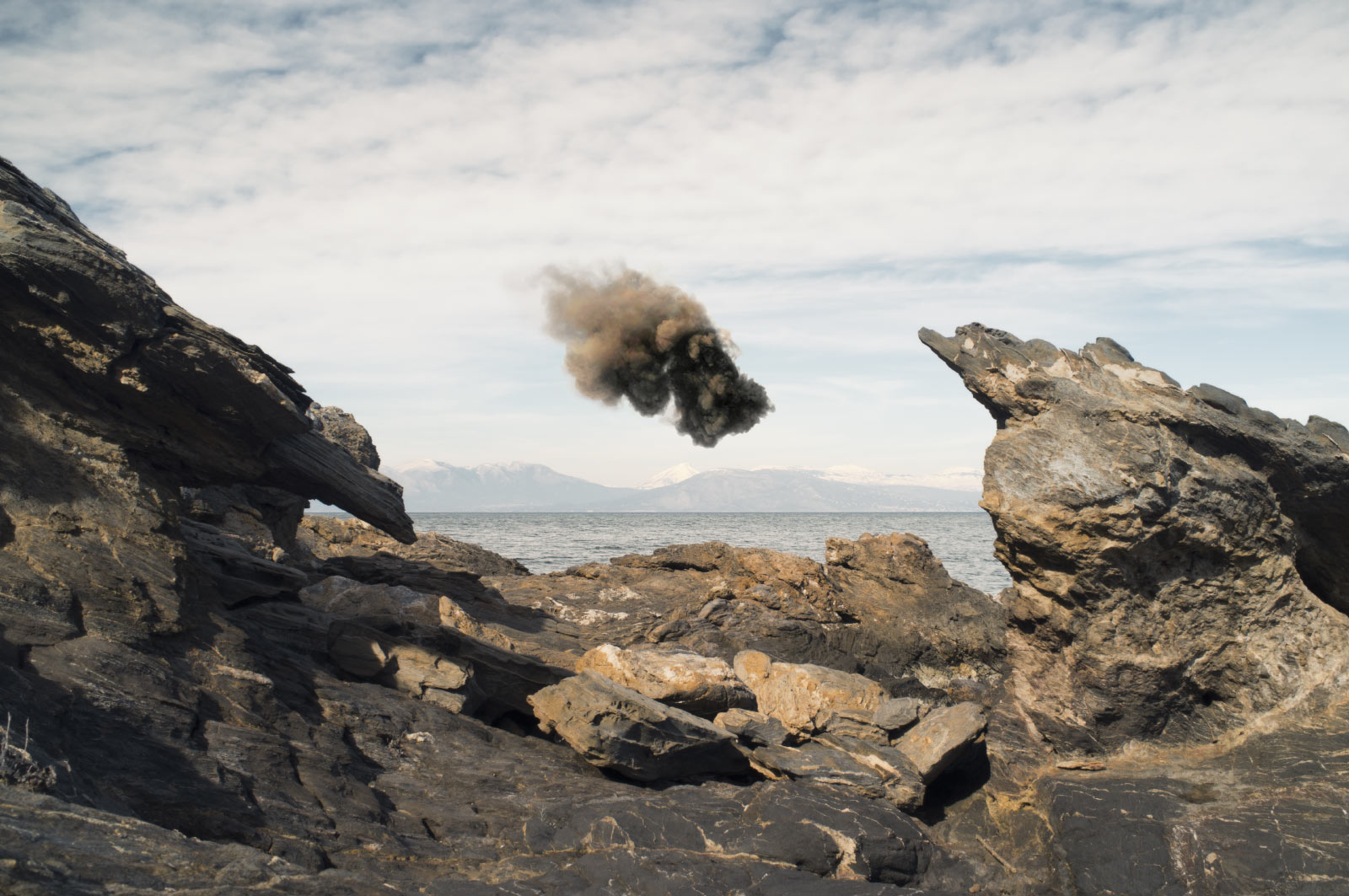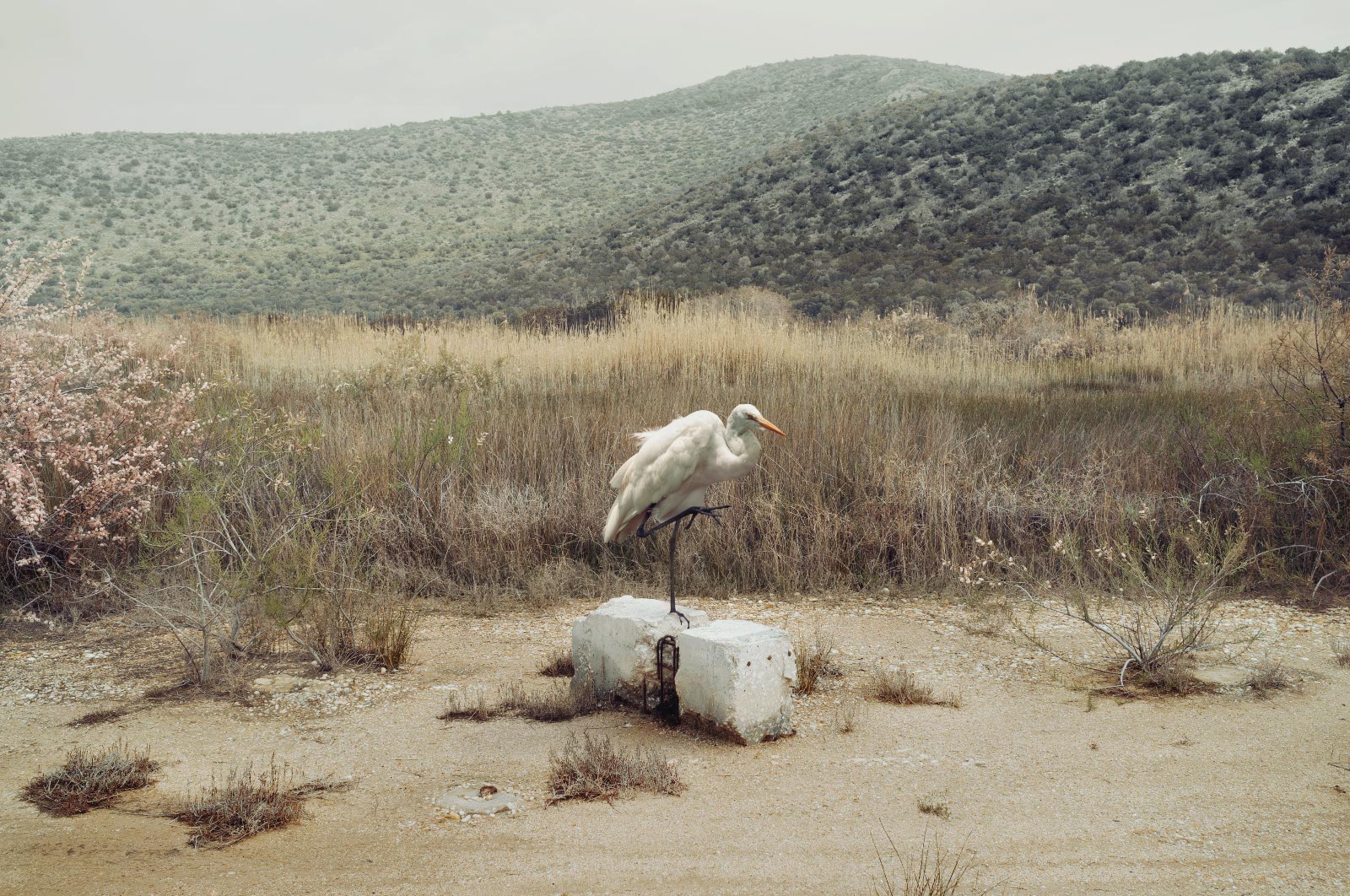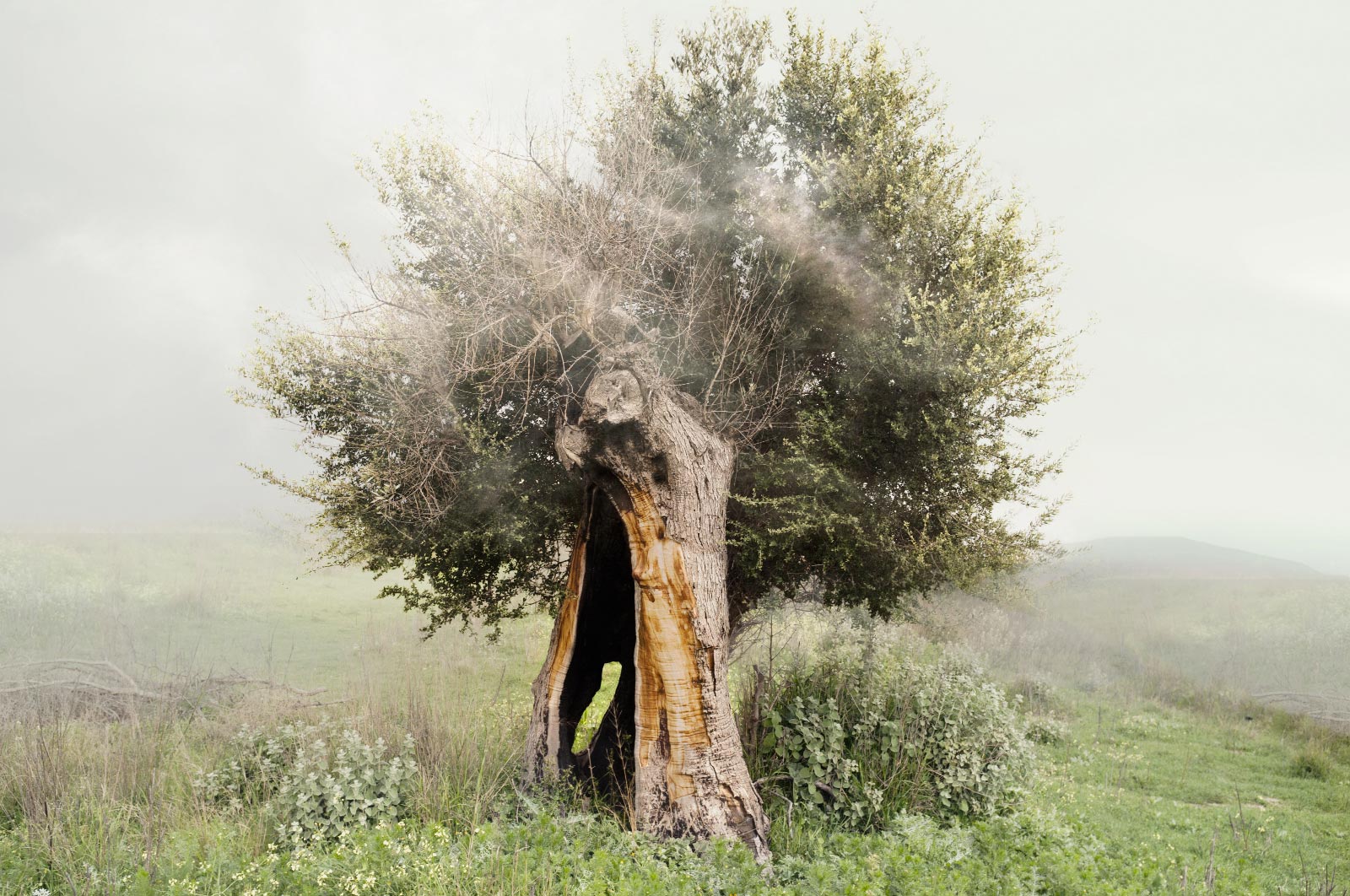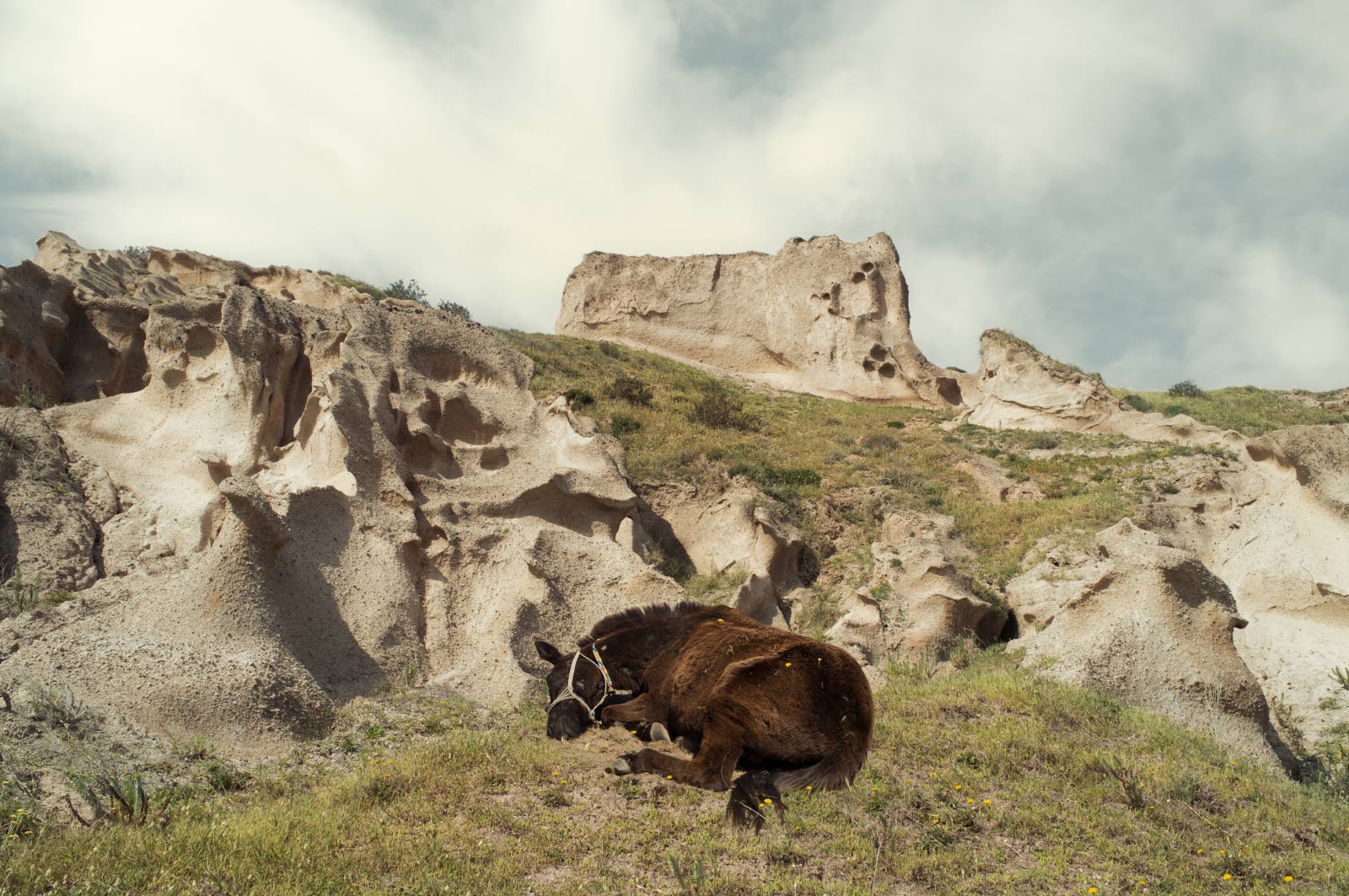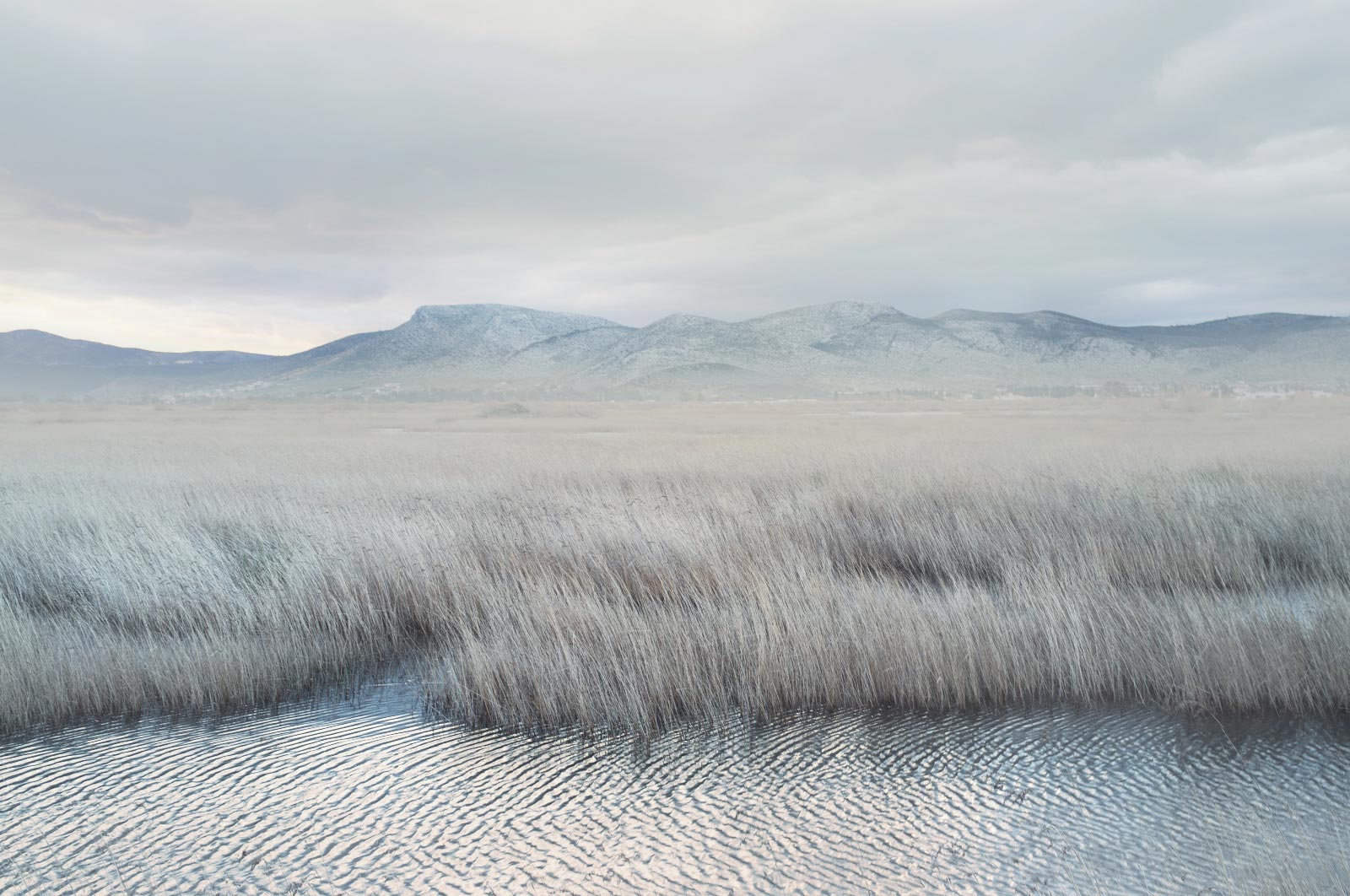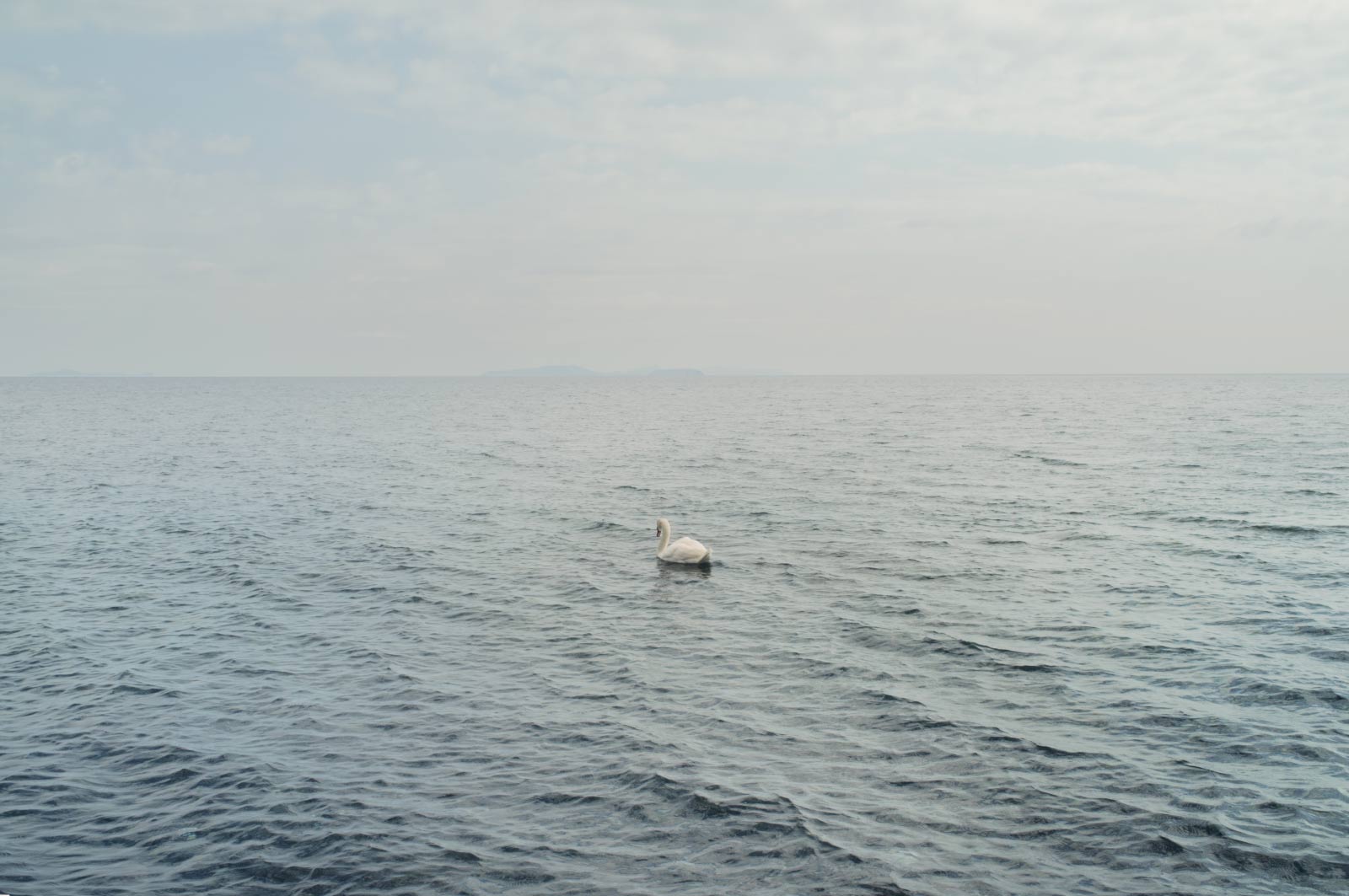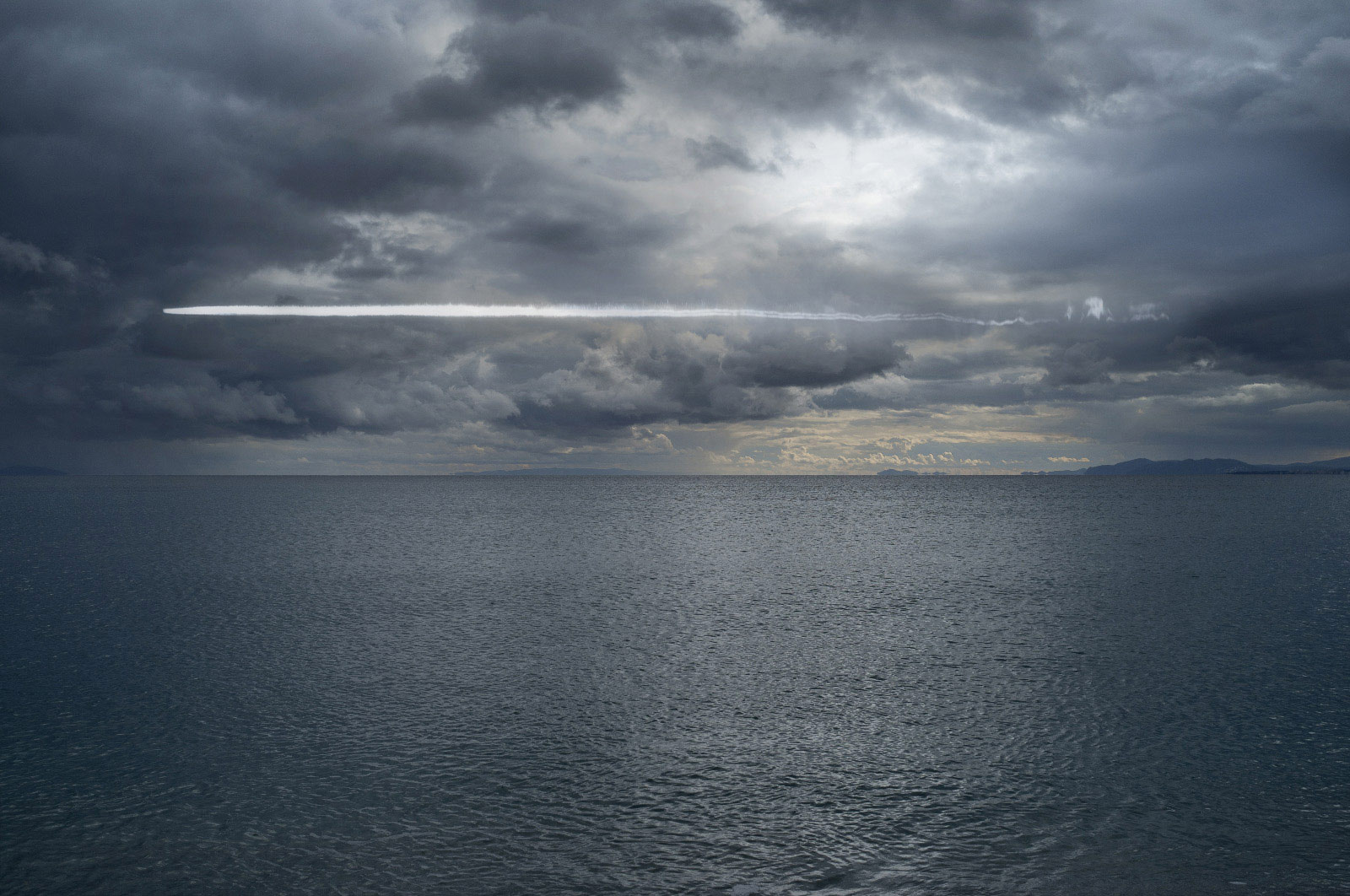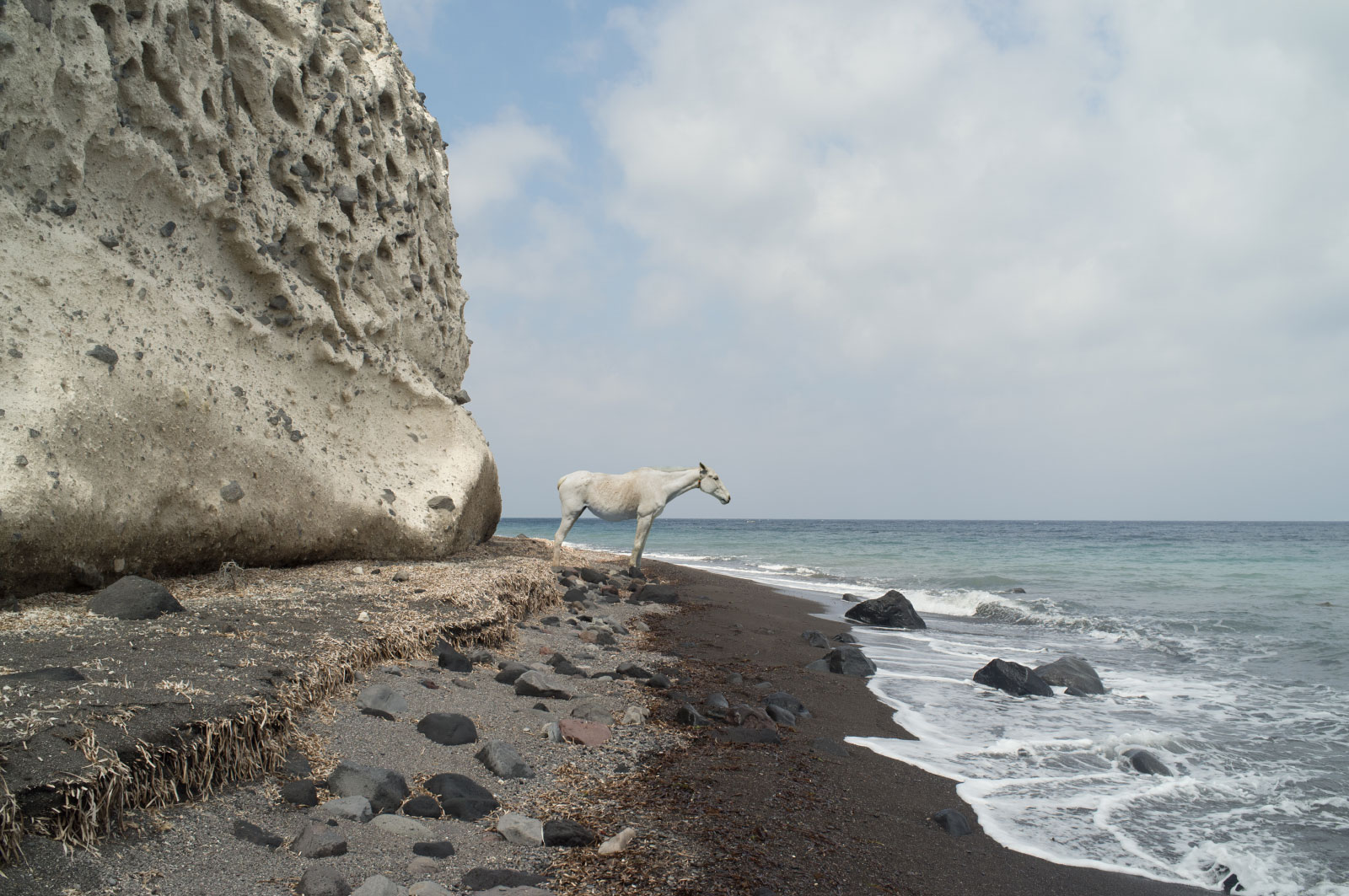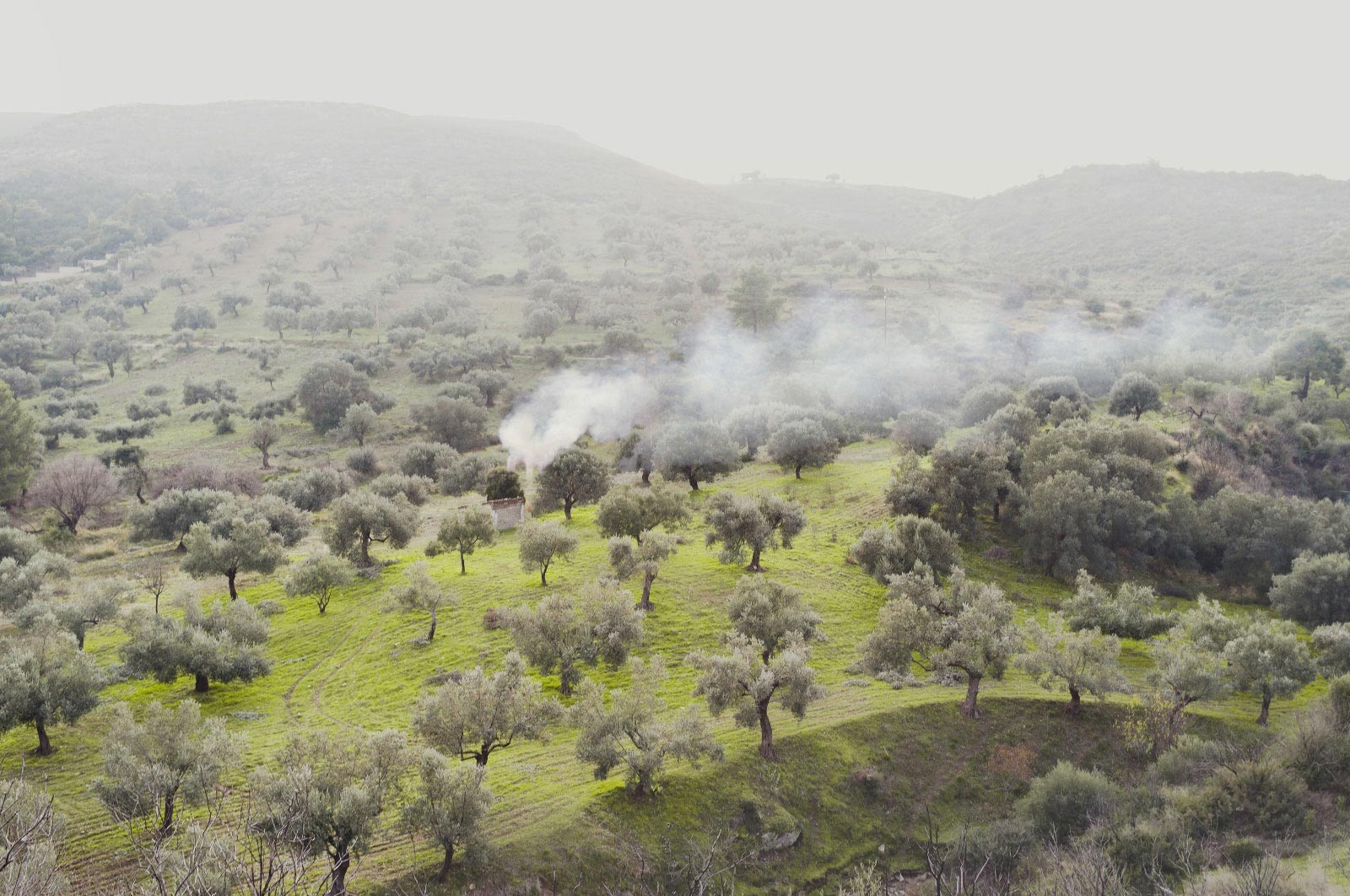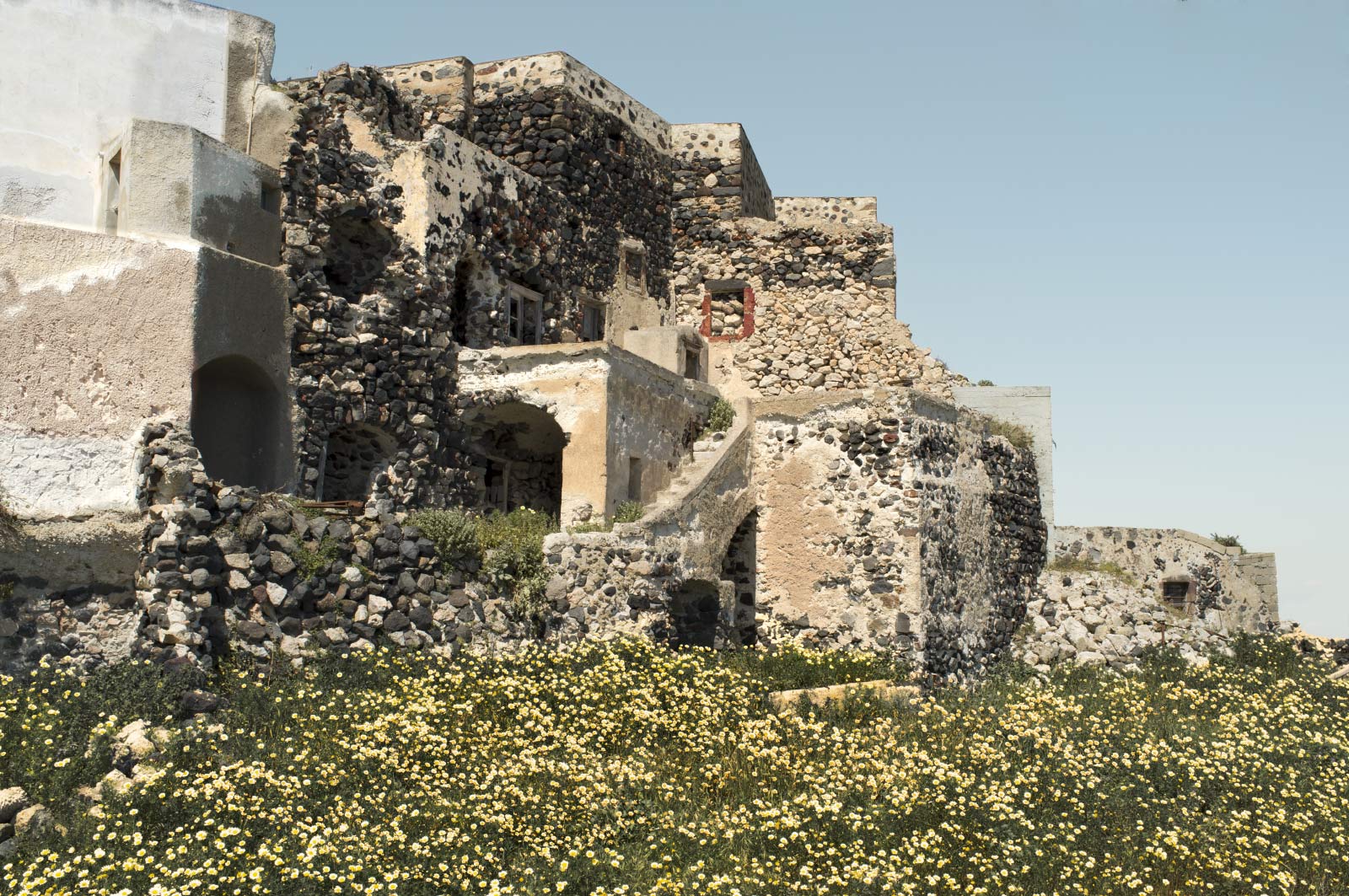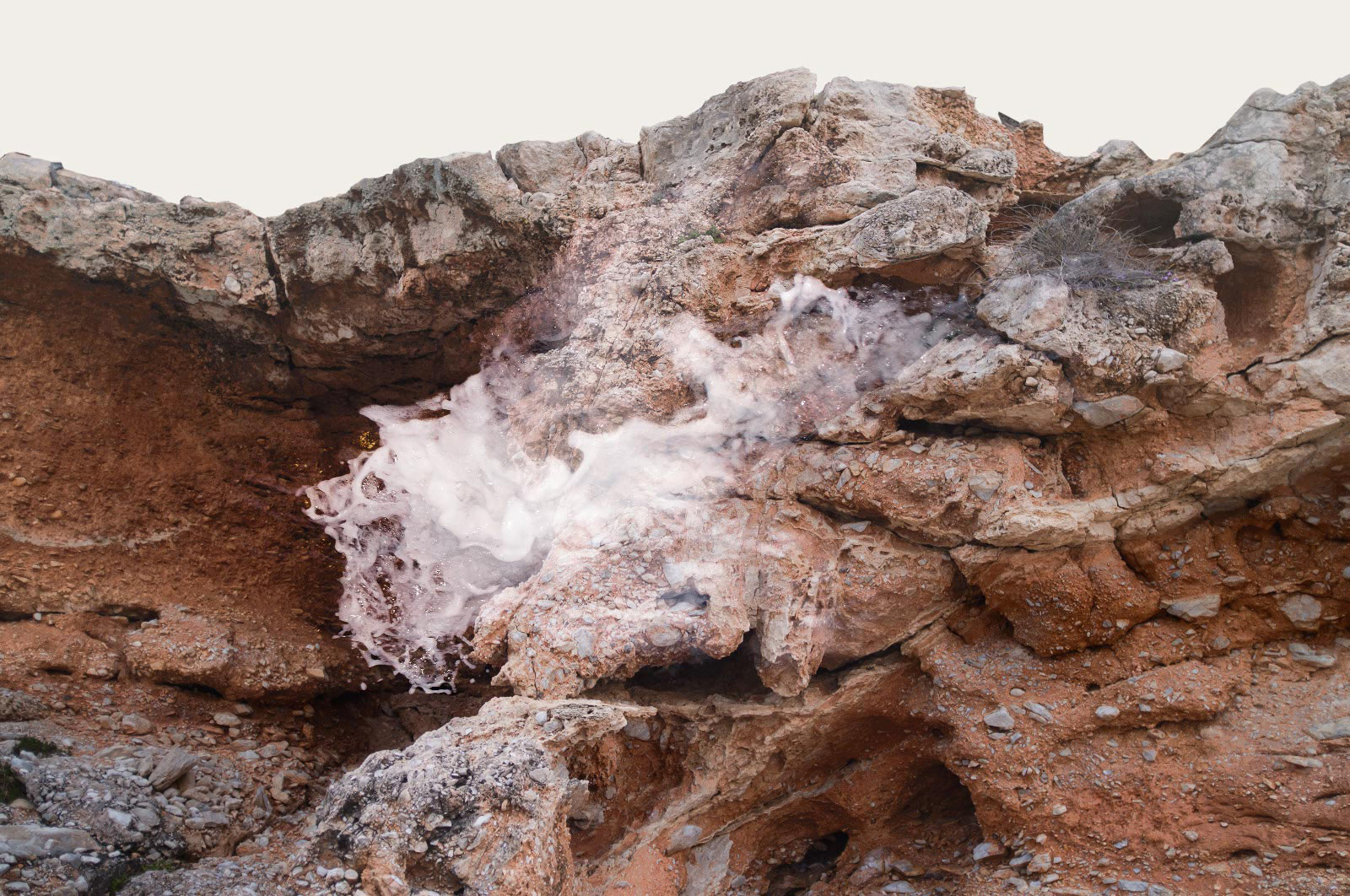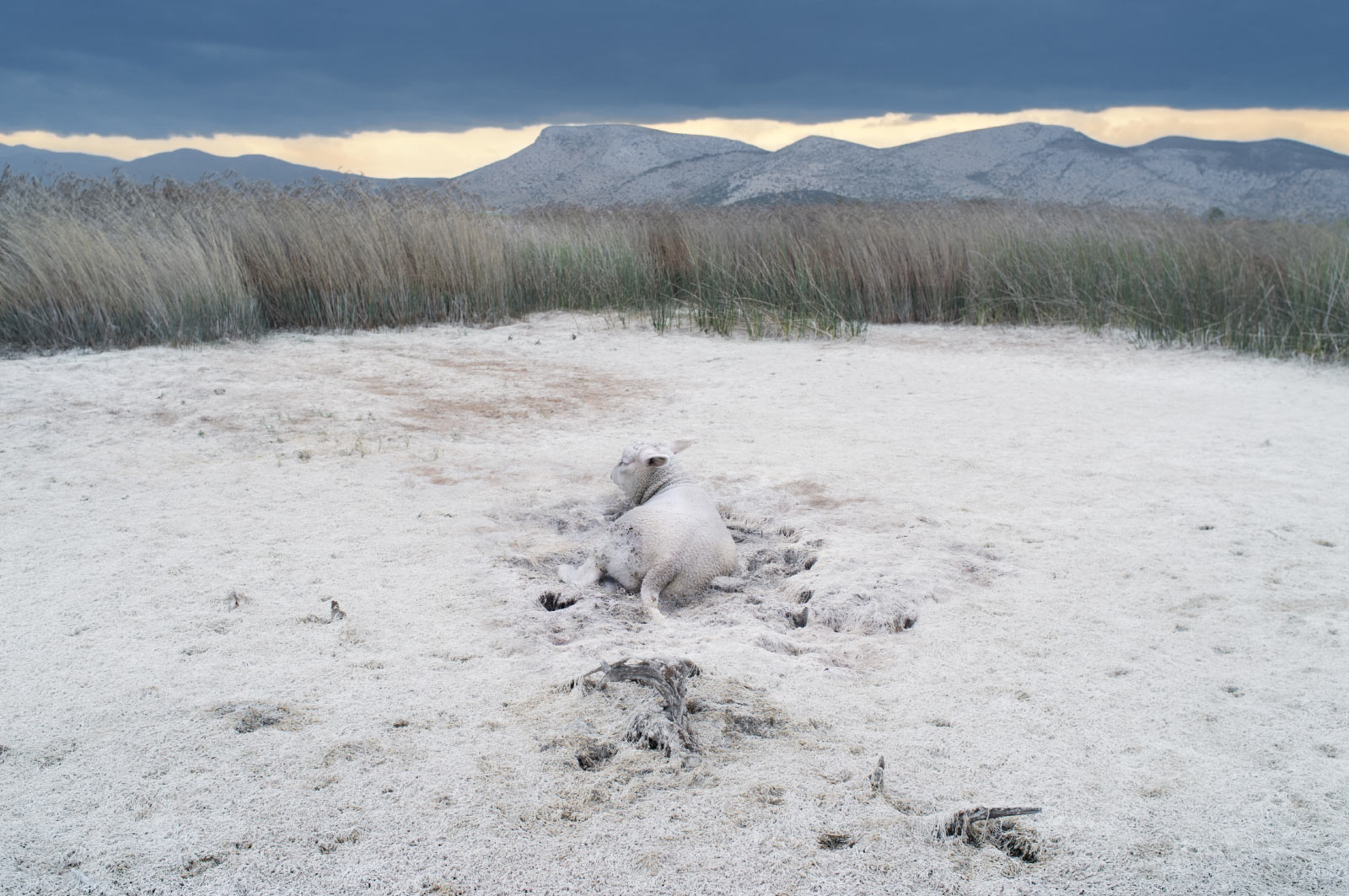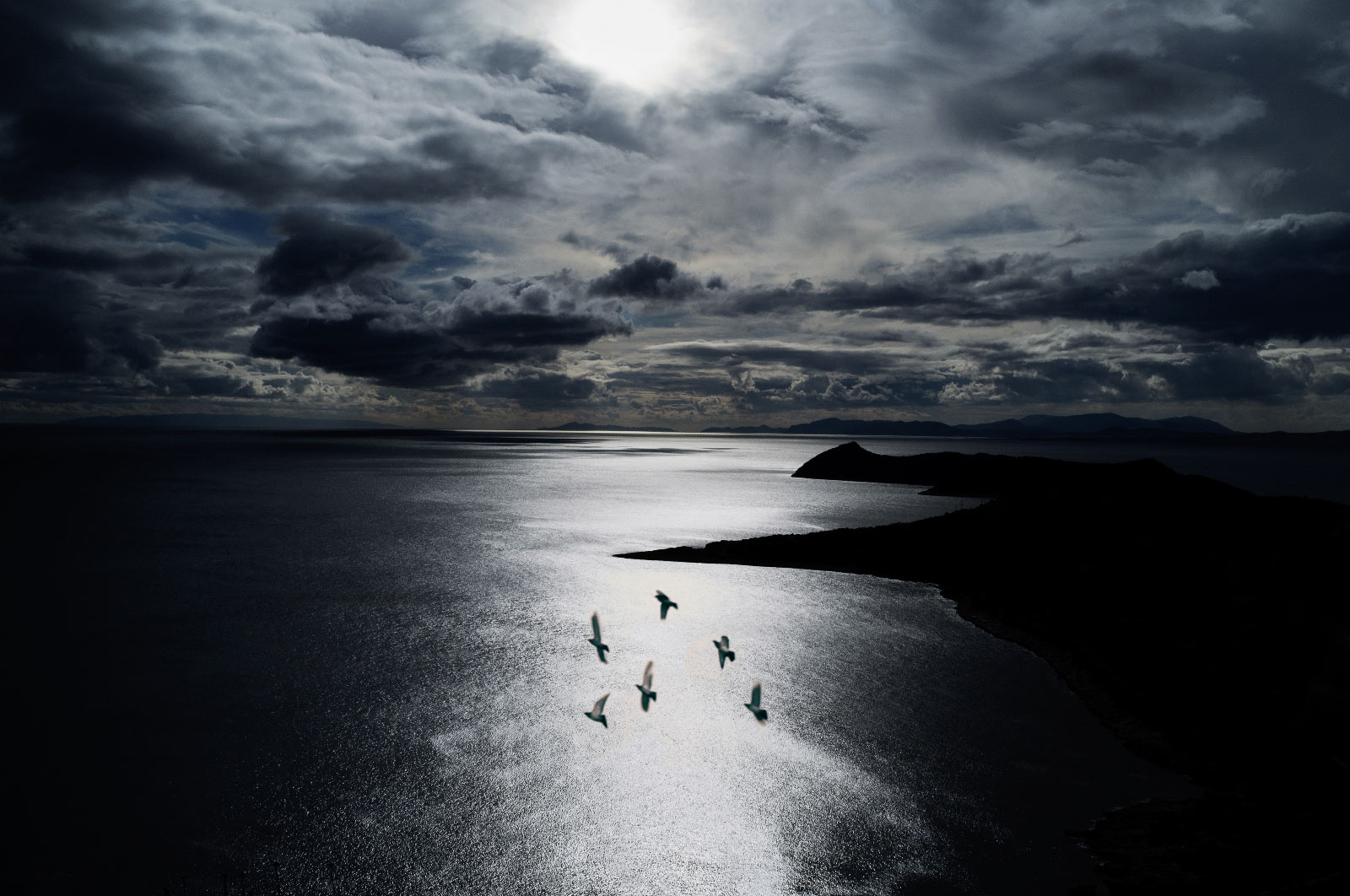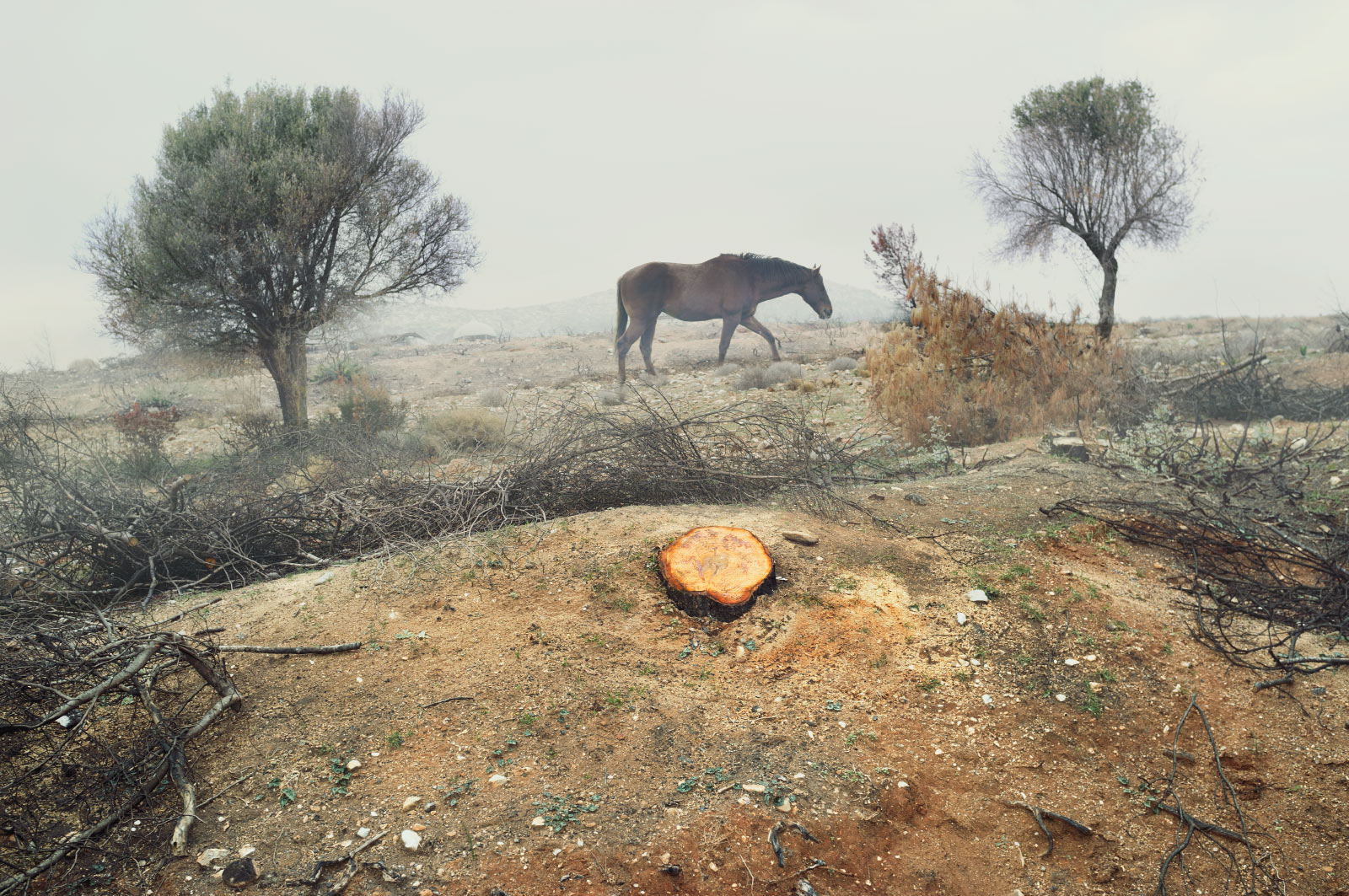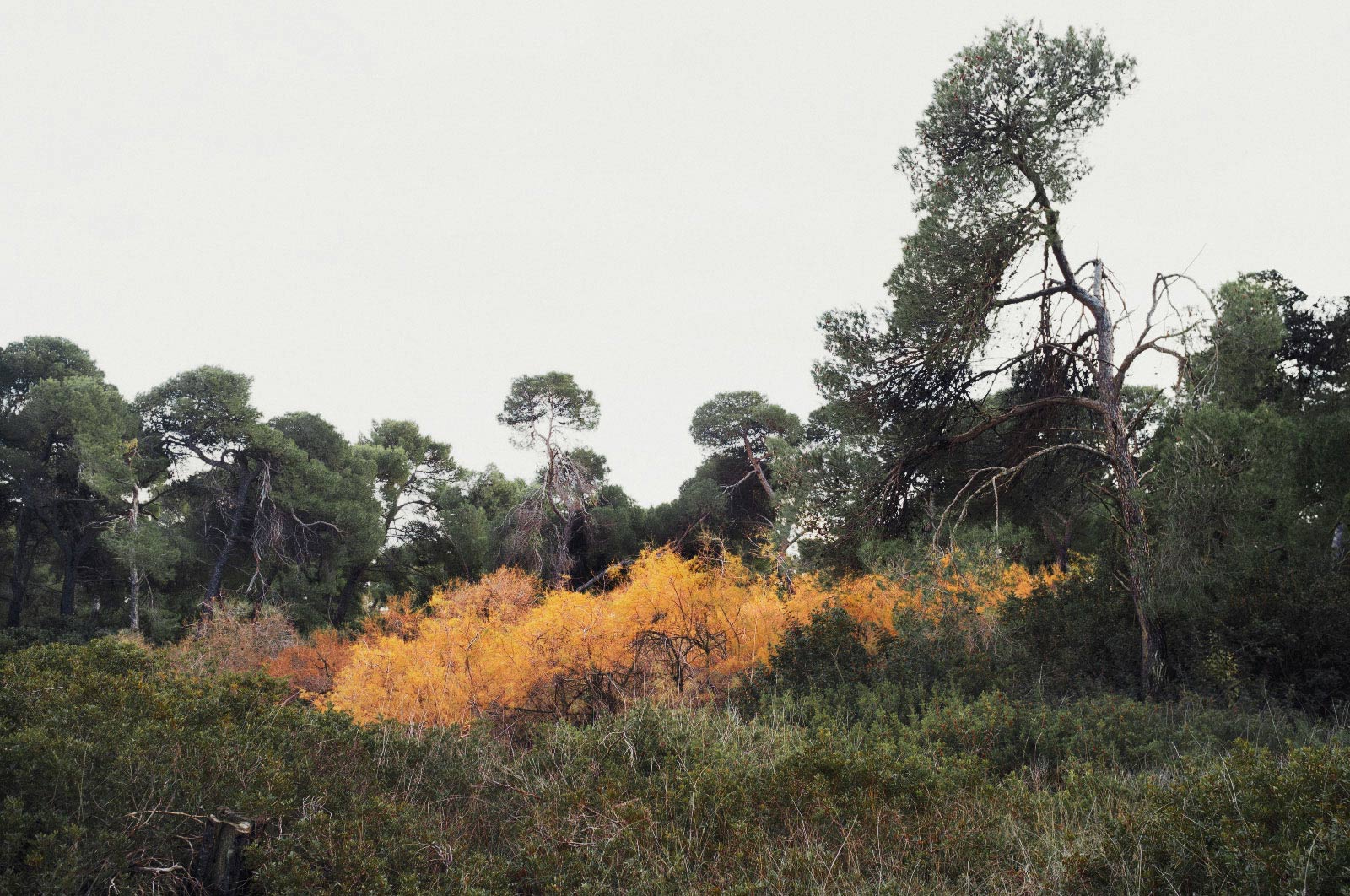Images By: Petros Koublis
Written By: Ryan Nemeth
Between 1826 and 1850, the rapid progression and development of photography positioned photographs as the ideal medium for capturing America’s rapid westward expansion. During this time, the advance of the wet collodion photography process coincided with an intense public interest in nature as well as an enormous production of art and literature dealing with natural themes. Notably, both Thoreau and Emerson published their seminal works in this window of time and many new progressive ideas and concepts surrounding nature and landscape were explored. The first industrial revolution was in full swing, the Gold Rush was on and by 1869 the Transcontinental Railroad provided new access to our Western shores. Many American photographers were concerned with defining the vast and uncharted landscape of the West and the means to do so had arrived on all fronts.
By 1860, the accessibility of ferrotypes and cyanotypes granted Eastern spectators their first look at many of the Nation’s awe inspiring landforms such as the Grand Canyon, the Rockies, the Tetons, the Sierra Nevadas and the Columbia River Gorge. What was revealed to viewers was both sublime and mystical. The beauty, scale and complexity of our Western scenery simply overwhelmed many into a newfound inspiration for these natural environments. This first wave of objective photographs enlivened dreams by revealing opportunities for prospect, escape, rest, commune and hope in our land. Irrelevant of style or form, it is important to note that photography has always held the potential to inspire viewers beyond the immediate and or mere sensory. History demonstrates that the earliest of photographs had the capacity to transport viewers into new realizations and realities. In fact, some would argue that this is exactly how the spirit moves and the mystical takes shape. However, the medium was new and photographers had yet to articulate on this observation.
So you ask, what is a mystical experience anyways? A mystical experience is defined as one with spiritual meaning that is difficult to see or understand. During mystical experiences, extrasensory phenomena are said to be directly perceived by the soul, the mind, the imagination or some other faculty. This definition suggests that an open, receptive and aware cognitive state may in fact be requisite for the experience. For mystics, the spiritual is not something merely to think about, but also something to be encountered and to experience. To elaborate, a walk through a barren desert may in some moments be perceived as beautiful and spirit filled and in other moments feel uninspiring or even threatening. Irrelevant of our capacity to comprehend and connect to underlying truth, the transcendent possibilities of the desert landscape exist whether or not they are appreciated or even recognized by us the viewer.
Mysticism is a vast subject driven by cultural belief and seemingly articulated in an infinite number of ways. One powerful concept asserted by great the British mystic Colin Wilson is that the mystical lives in the ordinary. Thus, in Wilson’s view, mystical experiences are not removed from common experiences found in everyday life. In a New York lecture, Wilson was asked to respond to his viewpoint on the origins of mysticism. He stated, “I am unsure, however, if the subject is too earnest or intent on the mystical experience, it will probably not happen. On the other hand, if one is too laissez faire and without a disciplined concentration, the likelihood of having a heightened cognitive realization will diminish in equal proportion.” According to Wilson, “To be receptive to mysticism is to focus on the unexpected, to feel the hidden energy within the human encounter and to thereby discover meaning of a larger reality within the temporal routines that we normally take for granted.”
Thinking more deeply about this statement, isn’t this precisely what photographers aim to capture and record via the act of photography? Aren’t we attempting to document the unexpected human experience or event at just the right moment, in just the right light, in order to discover or preserve a larger reality or hidden truth? By the way, it is worth mentioning that Colin Wilson’s ideas about mystical revelation seem to heavily compliment Cartier-Bresson’s concept of the “decisive moment”. In fact, maybe there is an exact moment when the camera frame is in balance and impartial truth is revealed on film? I do not know about you, but this is precisely when I would like my shutter to close with the right camera settings dialed in! If anything, at the very least, I find it easy to acknowledge that the medium holds the potential to act as a contemplative tool for experiencing reality. The simplest form of evidence for the assertion is that photographs have always demonstrated the capacity to help us resolve discrepancies between perception and reality. For some, this simple act of reconciliation can lead to startling and profound truths, dare I call them “spiritual” or “mystical” experiences.
Although this concept may seem profound, it should be known that the path to the realization that photography could function as a spiritual and contemplative instrument developed slowly. The forces of culture, religion, sociology and economics have always proved significant barriers to non-traditional thought forms throughout the evolution of the medium; make no exception here. In many ways, the progression of the early photographic medium was most limited by the fact that photos were viewed almost exclusively as documents of objective reality. Notably, this objectivity preference continued to dominate the scene until the Pictoral movement began in the late 19th century. Thus, the medium served as an objective observation tool and good photography was largely measured by the photographer’s capacity to remain impartial and neutral in documenting their subject. In many ways, this inclination severely limited early photographic considerations of style, form and function.
As mentioned, objectivity was increasingly challenged with the acceptance of Pictoralism and even more so around the turn of the 20th century via Alfred Stieglitz’s Photo Succession movement. Both helped transform popular opinions enough to propel photography into a new expressive phase. Stieglitz was the first to formally acknowledged the photographic medium as both subjective and artistic by showing photography alongside fine art. This shift heightened the medium’s potential for exploring and communicating the non-literal and he coined the term “The Equivalent” to describe this exchange. In doing so, photographic subject matter quickly evolved into the realm of both the abstract and conceptual. The image maker was liberated to explore the medium as subjective and free to work as both interpreter and witness. It was through this transition that prominent photographers first began overtly utilizing photography as a means to communicate the spiritual and psychological while in pursuit of the poetic.
The great landscape photographer Minor White was one of many that expanded on Stieglitz’s concept of “The Equivalent”. Minor stated, “When any photograph functions for a given person as an Equivalent, we can say that at that moment and for that person the photograph acts as a symbol or plays the role of a metaphor for something that is beyond the subject photographed. Said in another way; when a photograph functions as an Equivalent, the photograph is at once a record of something in front of the camera and simultaneously a spontaneous symbol.” It is through this very concept that White began to record the landscape as well as commonplace subject matter. Similar to the views of Colin Wilson, Minor White also believed that everyday objects and scenes held the potential to mirror and transcend our reality into the realm of spiritual. He summed up this view concisely when he stated, “It is regrettable that people walk in miracle constantly, but live isolated in apathy and unawareness.’’ Post Stieglitz and Minor White, we now know a medium where practitioners freely acknowledge concepts of the psychological and spiritual in their work.
In their book, the Tao of photography, Phillipe Gross and S.I. Shapiro continued their exploration of this subject, they stated, “Photography now shares the capacity to evoke a transpersonal dimension of a larger universe, by such means as grasping the constructive nature of reality, generating a breathless moment of eternity, inducing a deep state of mindfulness, and sweeping away the self through a sense of awe.” Thus, the art of photography in its ultimate form is a vehicle to express personal vision while generating awareness that there is a deeper meaning to our reality. The good word is that photography can be a tool for seeing the world (rather than looking at it), while acting as a conduit for intuitive understanding and interactions with the unknown or imperceptible. Minor White reassures us that, ‘‘No matter how slow the film, spirit always stands still long enough for the photographer it has chosen.’’
References:
- Encyclopedia Britannica (2015). Mysticism. Reference 1
- Fraenkel Gallery (2015). American Landscape Photographs of the Nineteenth Century. Retrieved from: Reference 2
- Merriam-Webster (2015). Mystical definition. Retrieved from: Reference 3
- Morgan, R. (2005). The Interior Landscape and the value of Mysticism. Retrieved from: Reference 4
- Ryan, J. (2009). Photography as a Tool of Awareness. Reference 5
- White, Minor. (1963) Equivalence: The Perennial Trend. PSA Journal, Vol. 29, No. 7, pp. 17-21. Retrieved from: Reference 6












